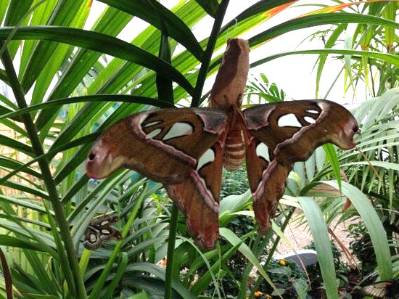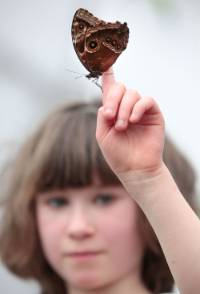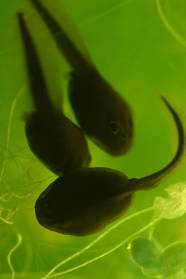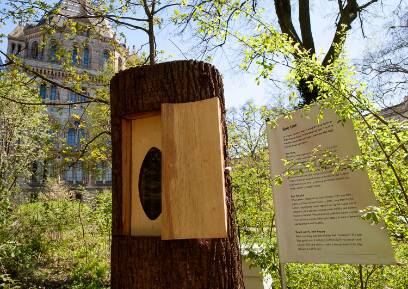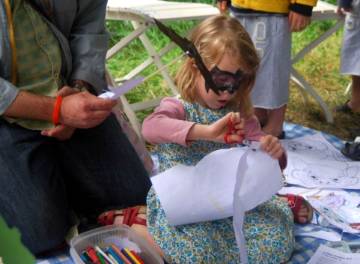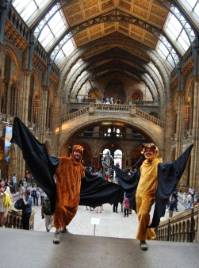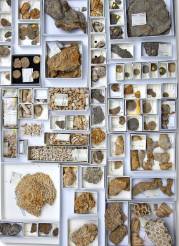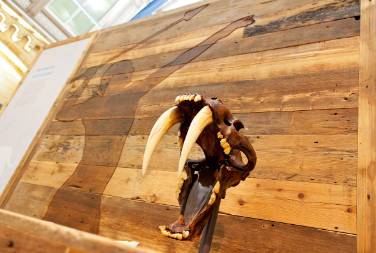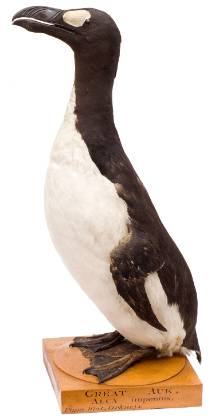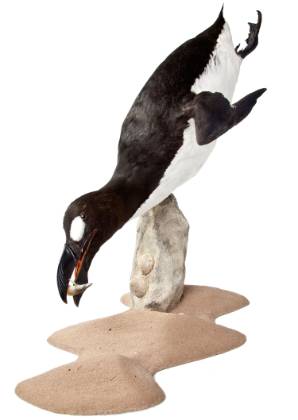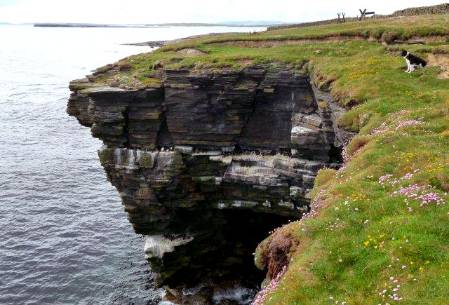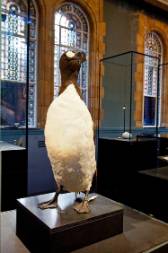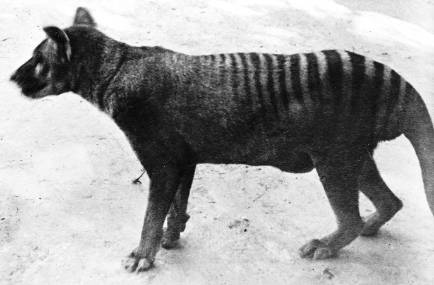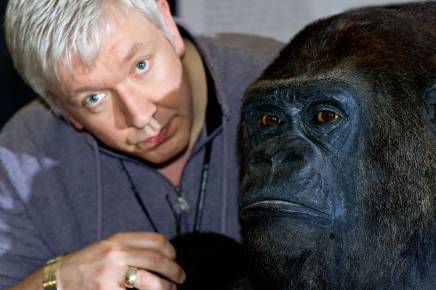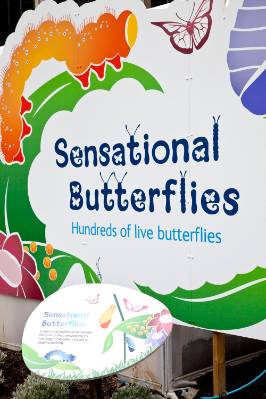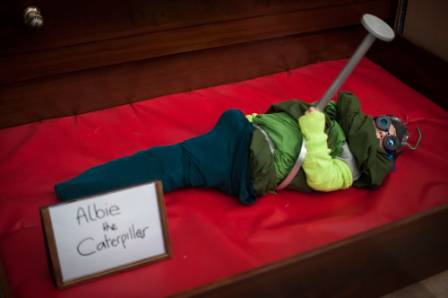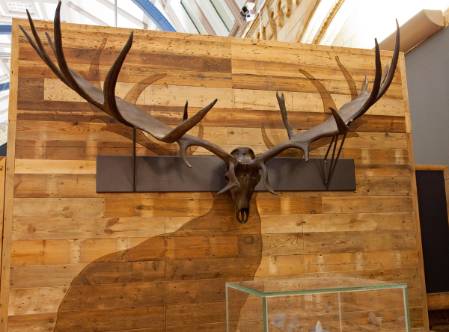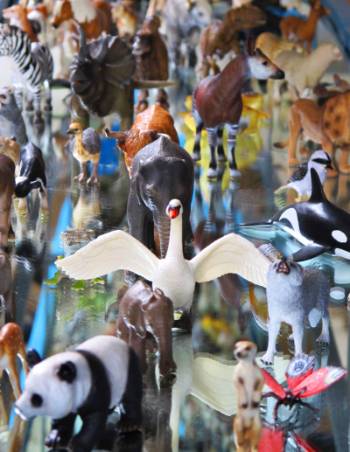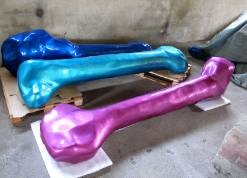As ever, there are heaps of things to do at the Museum over the half-term holidays and you don't even have to come inside the building to enjoy all of them. Just step into the outdoor Sensational Butterflies house and meet 100s of live ones (and it's warm in there), enjoy a coffee or ice cream by the lawn's cafe kiosk, or take a stroll in the lovely Wildlife Garden and its bustling ponds to meet London wildlife among the daisies and buttercups.
Left: An awesome Atlas moth in the butterflies exhibition, snapped by our butterfly house manager. Why not take your own butterfly pics inside the exhibition or at home and enter our Pinterest competition?
On Saturday and Sunday, 1 to 2 June, the Wildlife Garden is the focus of our free Bat Festival weekend, which also spreads its wings into the Museum's Darwin Centre for extra displays and talks, so make some plans if you're a batty friend.
Tadpoles, yellow rattle, buttercups and the thriving bee tree in our spring-filled Widlife Garden, which also hosts the Bat Festival on the weekend of 1 to 2 June. Below, batty action at last year's festival.
Inside the Museum, there are over 30 wonderful galleries to explore and the chance to book in advance for the ever-popular Dinosaurs, as well as puppet shows, hands-on activities and investigative fun. Browse our What's on for kids section to get the best recommendations.
Left: Fossil corals display in Dinosaur Way. Right: The roaring jaws of the sabre-tooth cat in the Extinction exhibition - look out for our 2for1 ticket vouchers for Extinction in the Museum.
For more grown-up stimulation, there's a choice of two major ticketed exhibitions, Sebastaio Salgado's Genesis and Extinction. Or you could drop in to one or more of the many free talks in our Attenborough Studio scheduled through the week. Starting Sunday 26 and ending on Wednesday 29 May, the talks include live-links to the Isles of Scilly where the Field work with Nature Live team are accompanying Museum scientists performing their research. The Treasures Cadogan Gallery is also a must for anyone who wants to get to the heart of the Museum in one gallery.
Volunteers week, 1 to 7 June, coincides with the half-term holiday break and you can get a look at some of the Indonesian fossil corals volunteers helped to prepare for research in a new display cabinet in Dinosaur Way. Or take the lift up to the Specimen Preparation Area in the Cocoon on 30 May to see our new volunteers actually at work.
Keep up to date with our What's on and What's on for kids pages.



